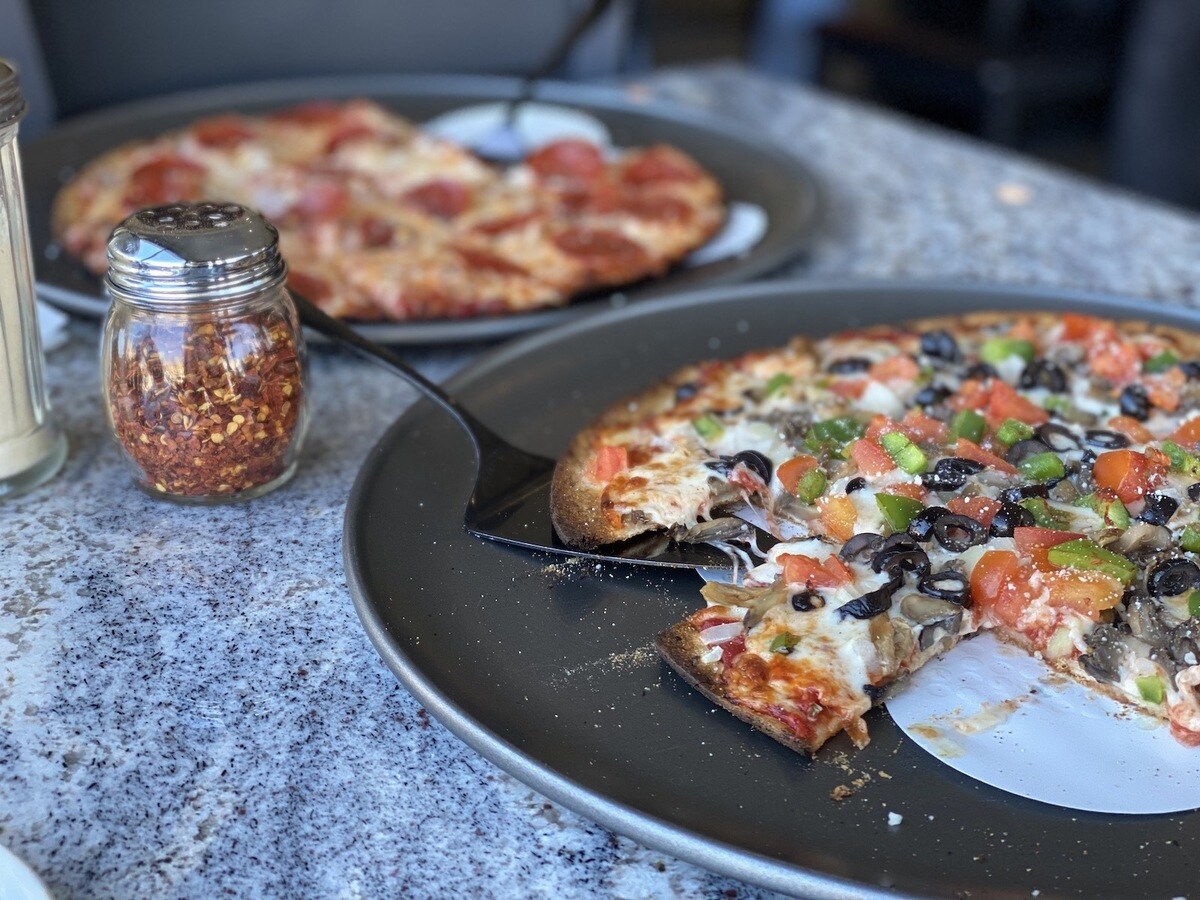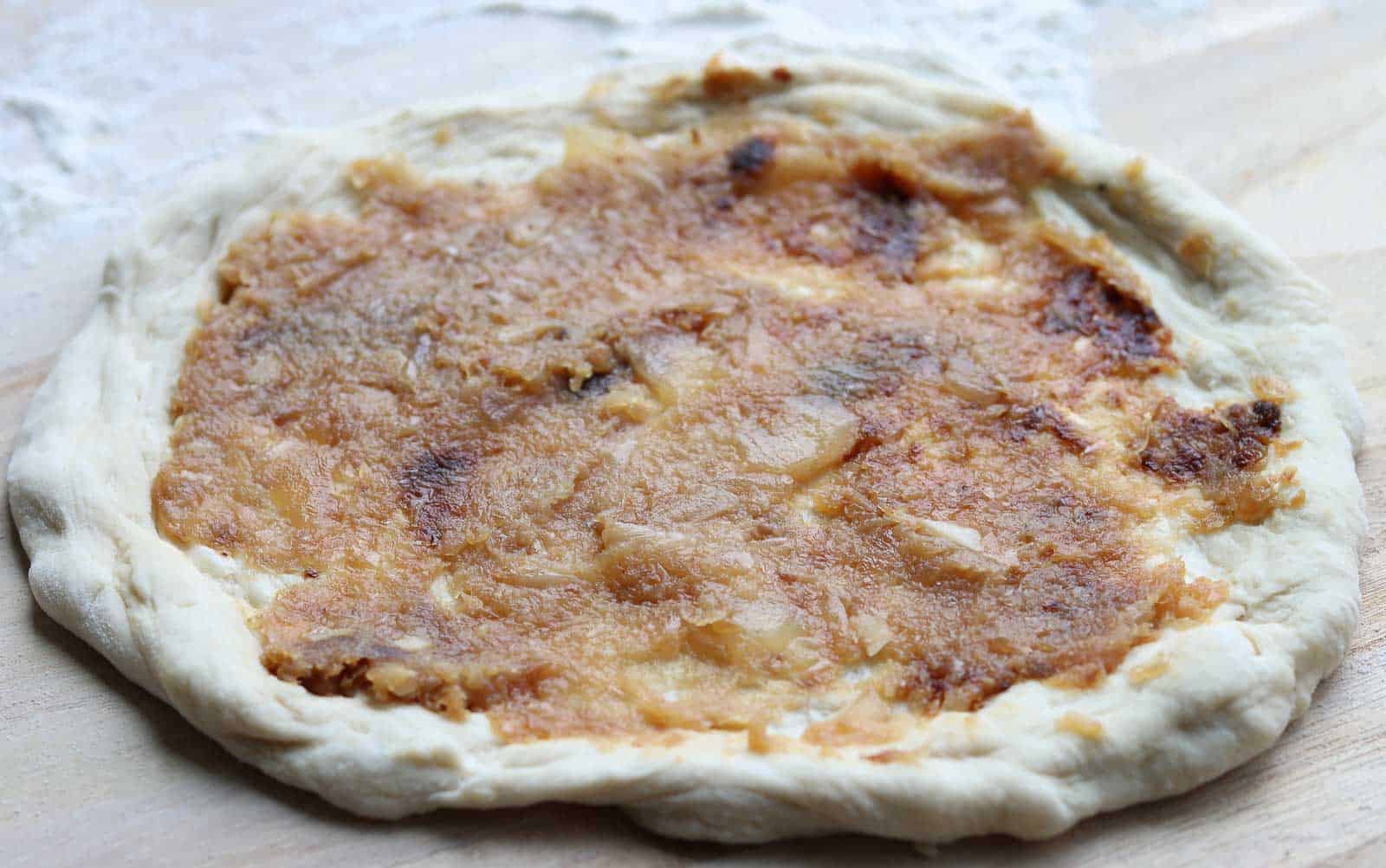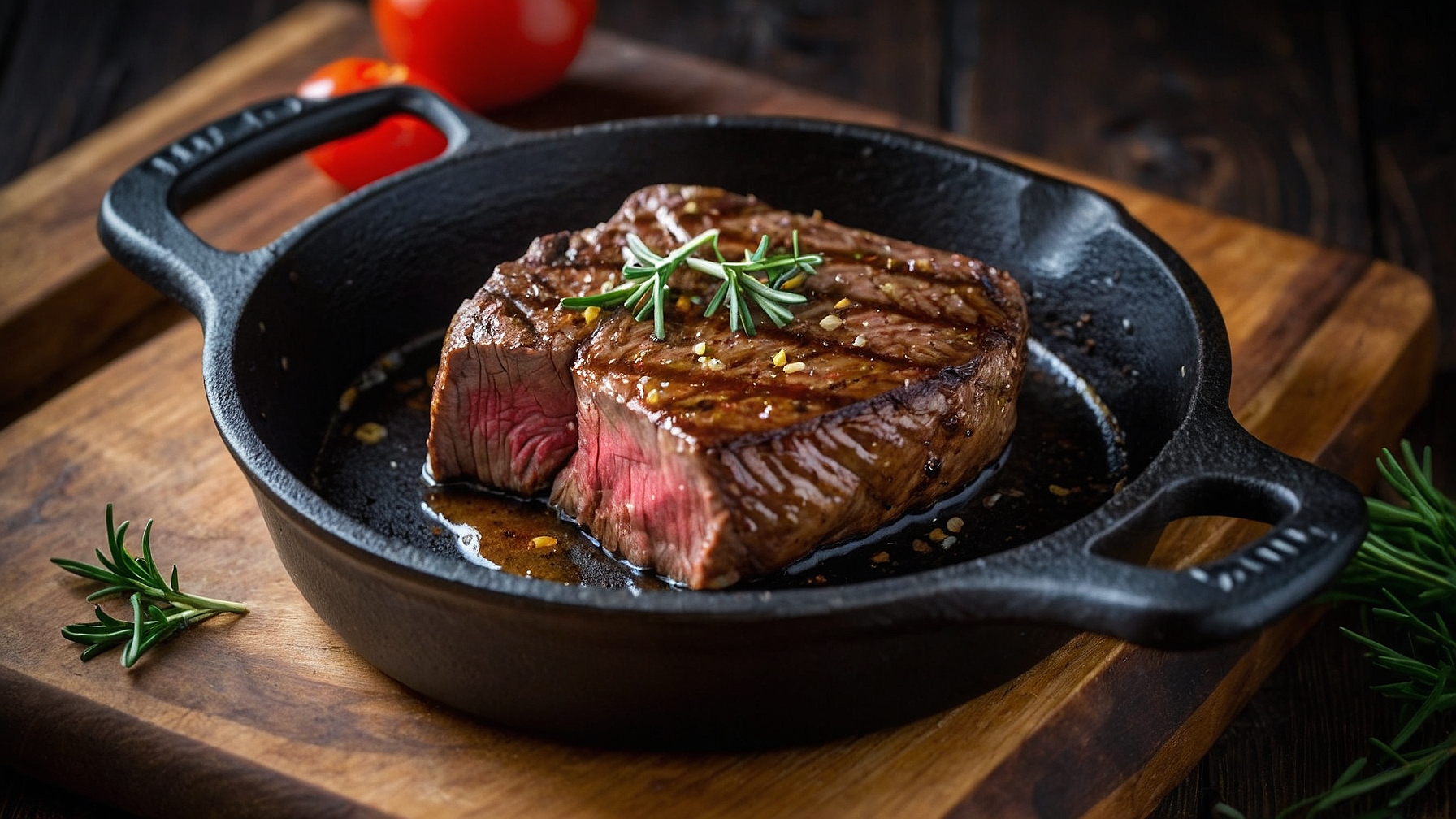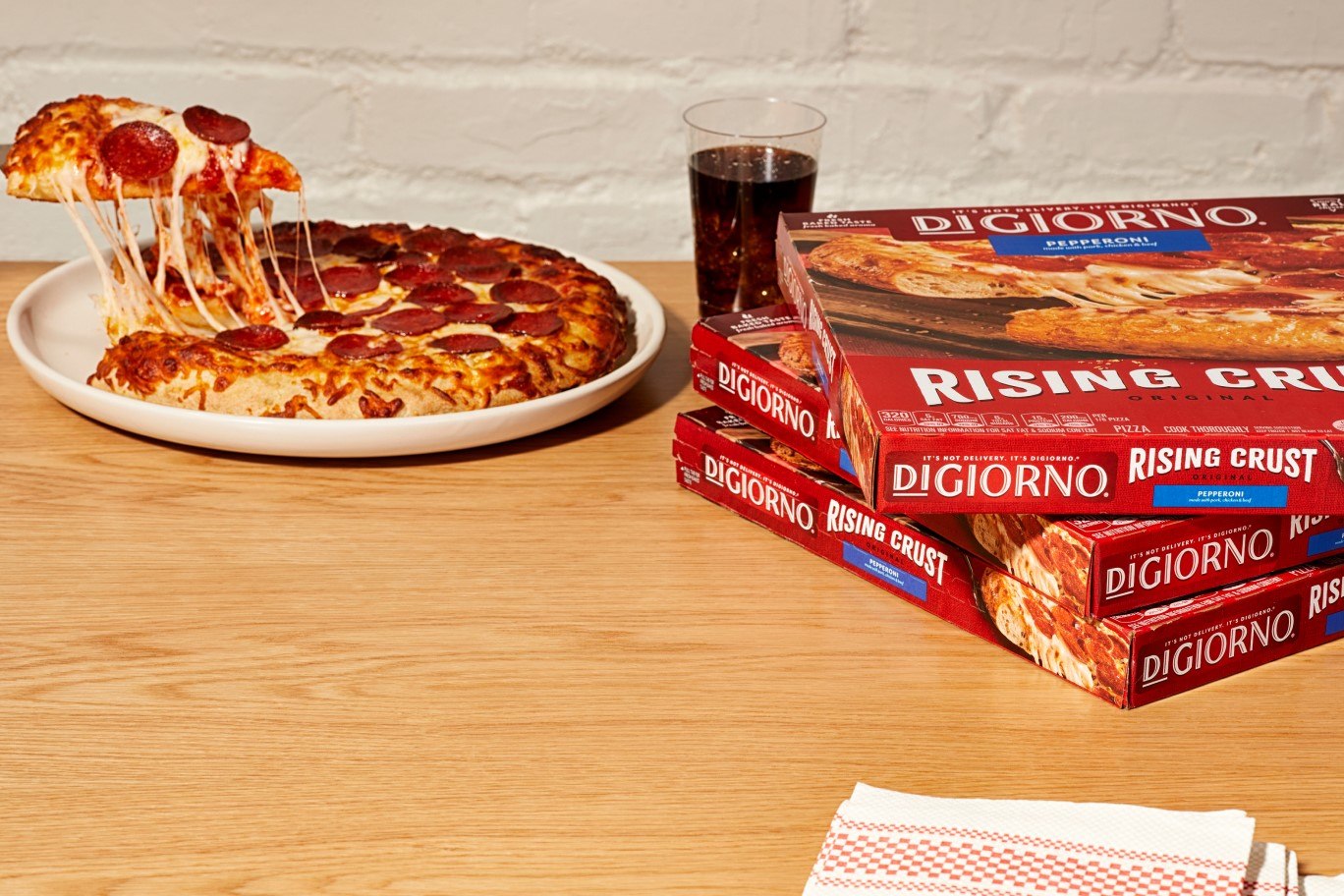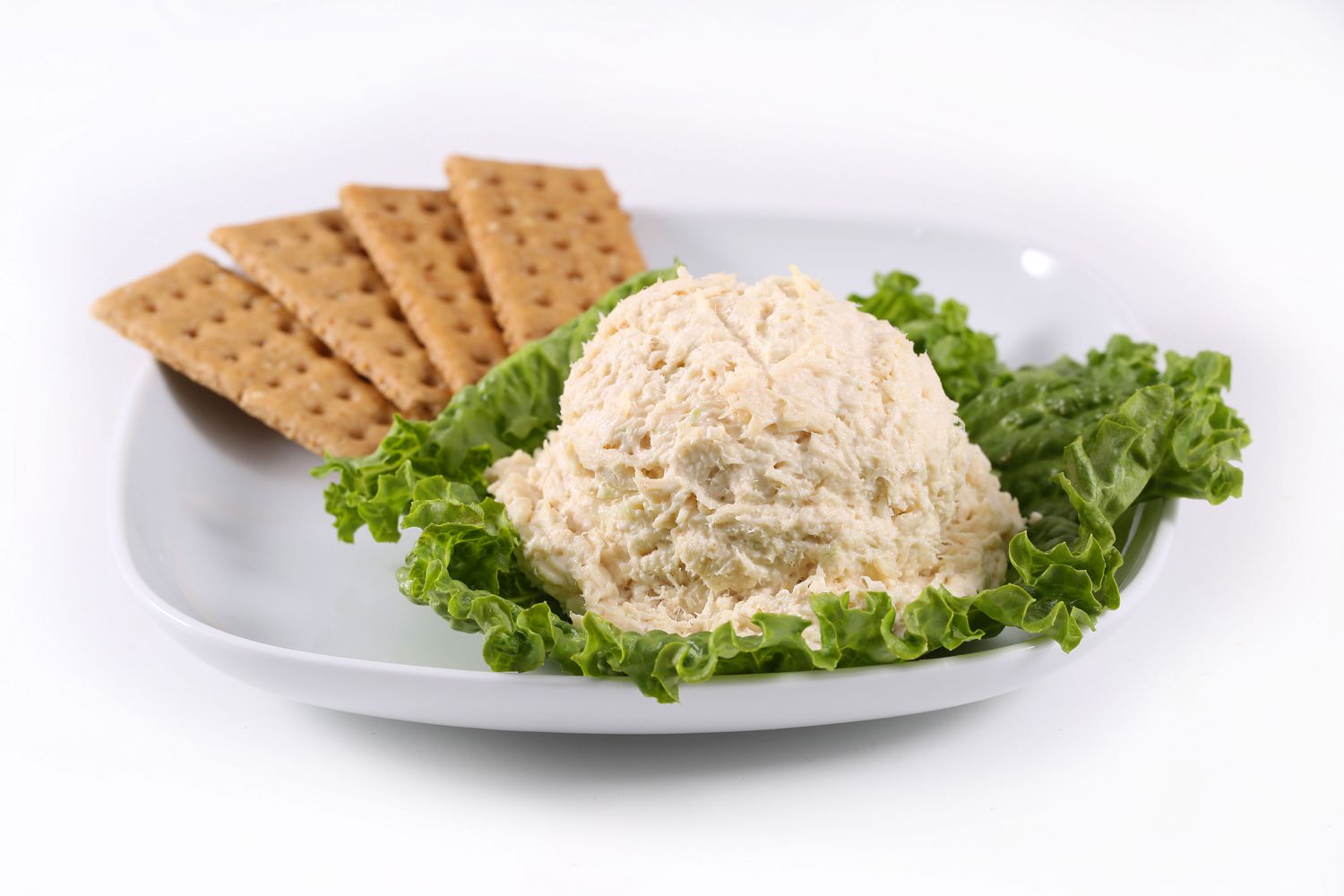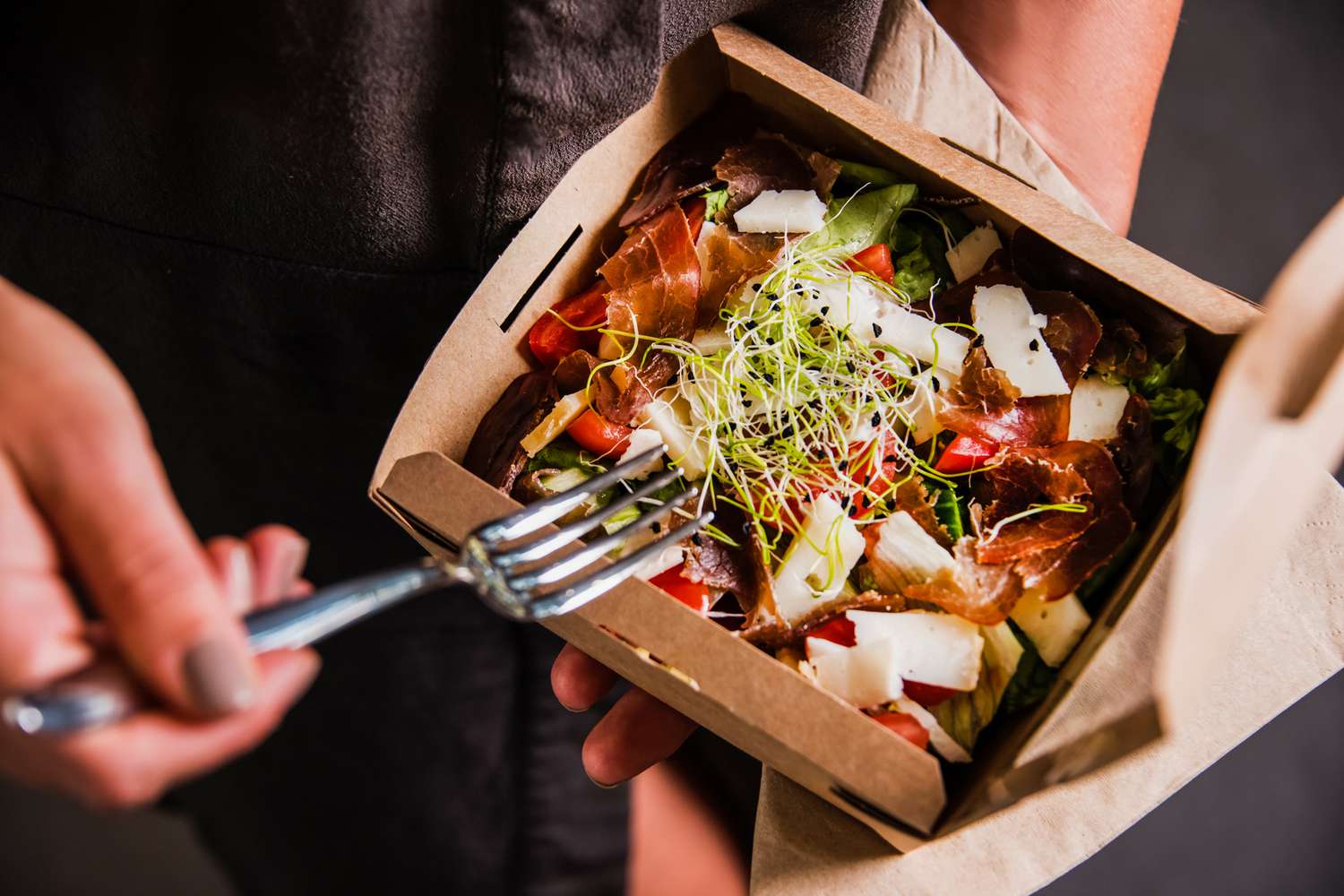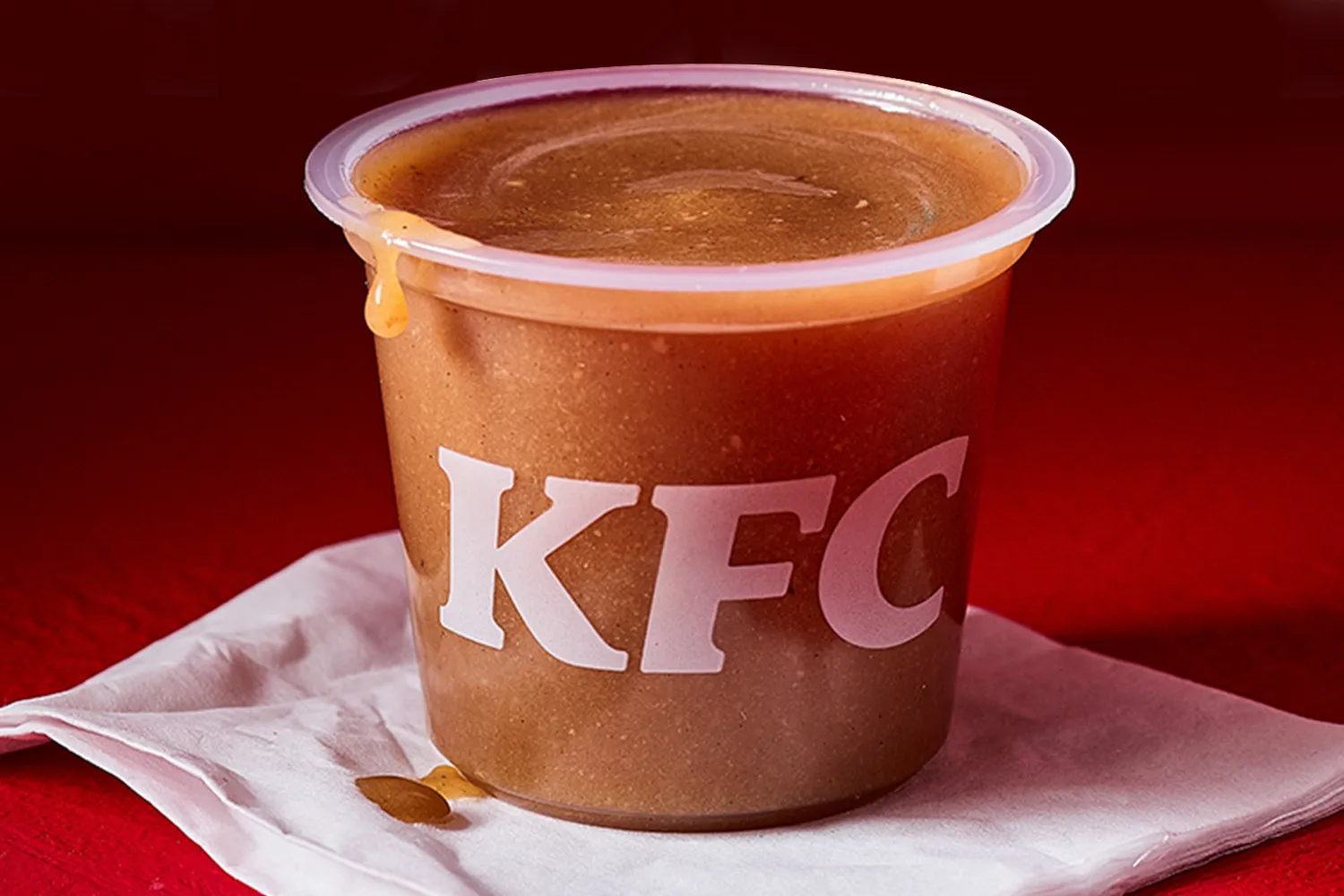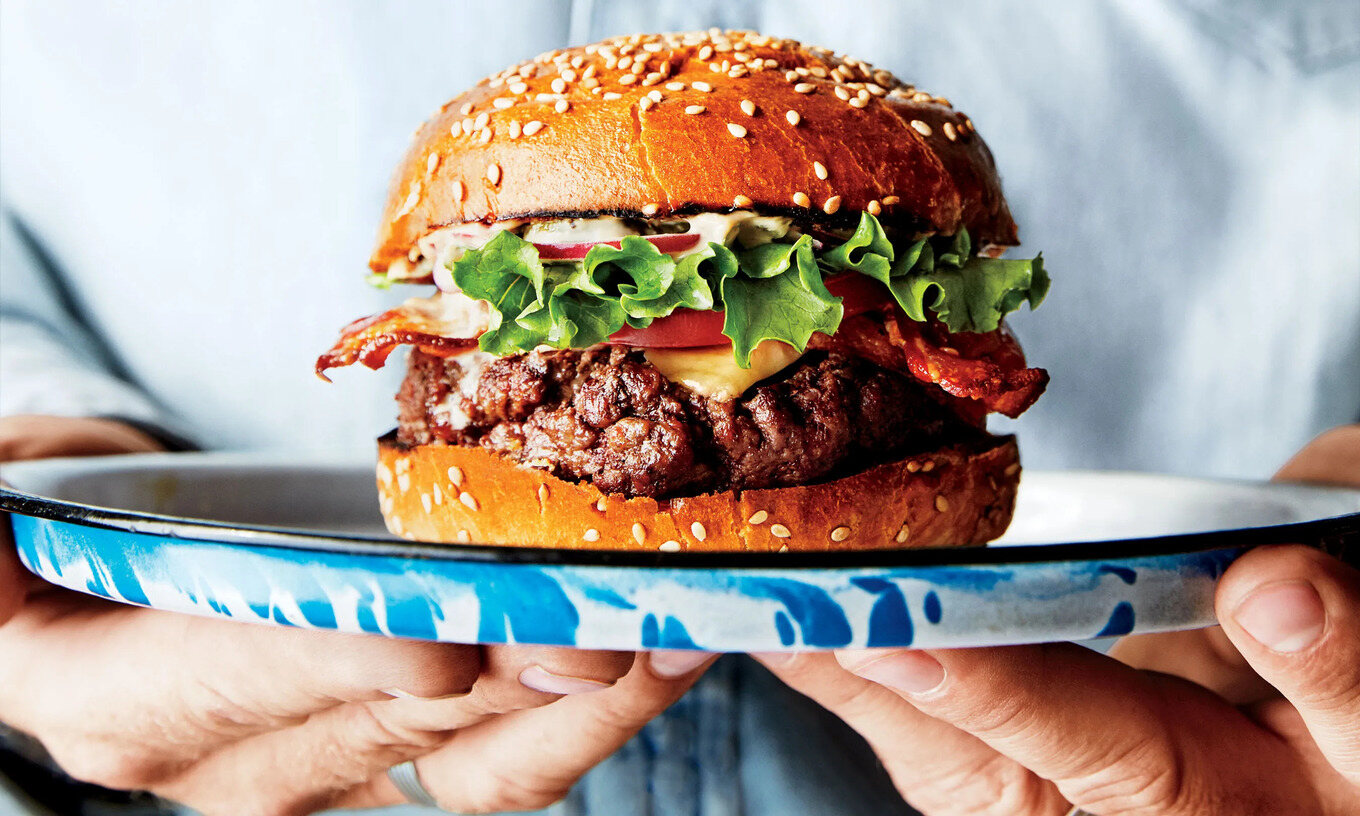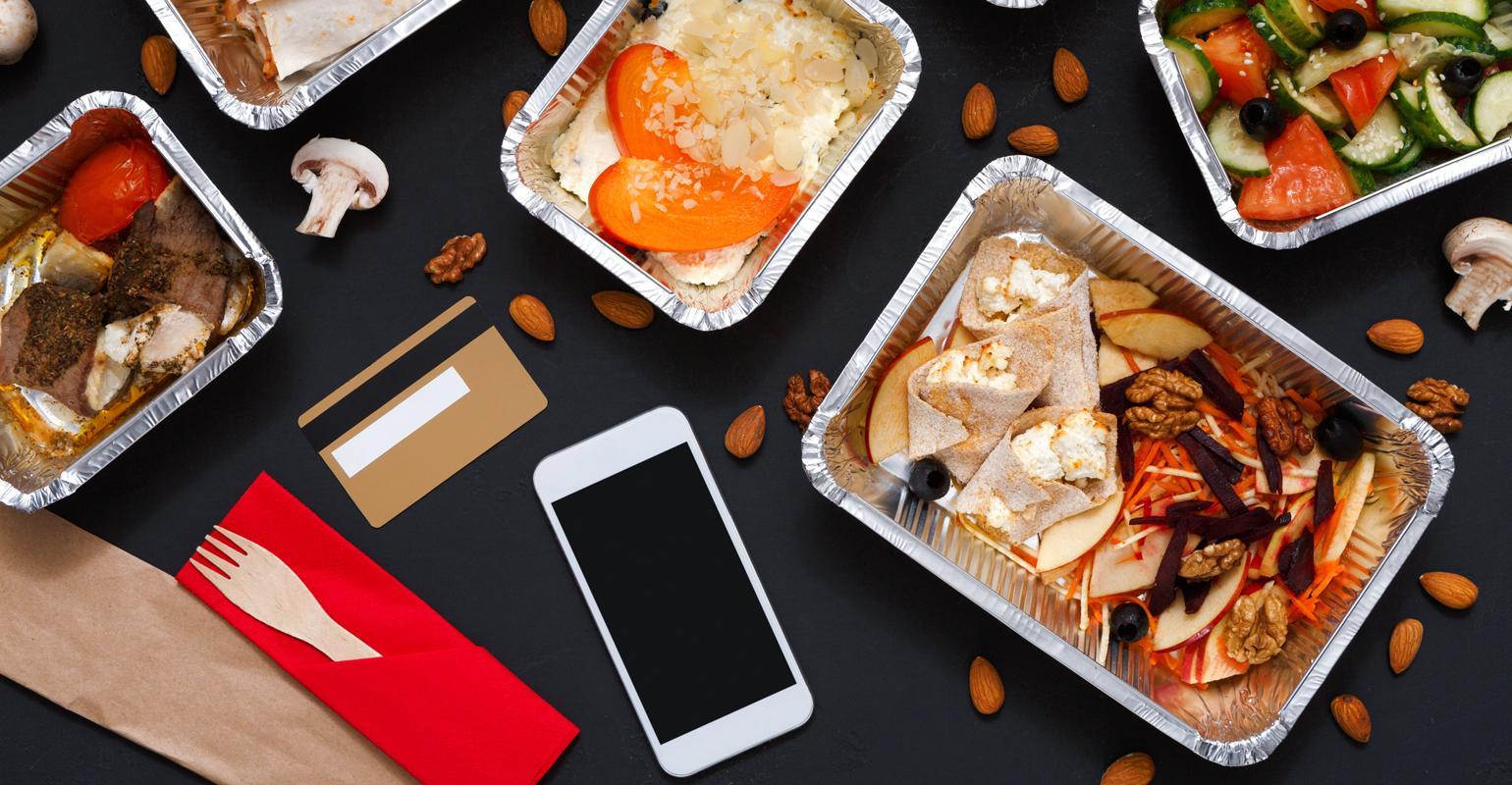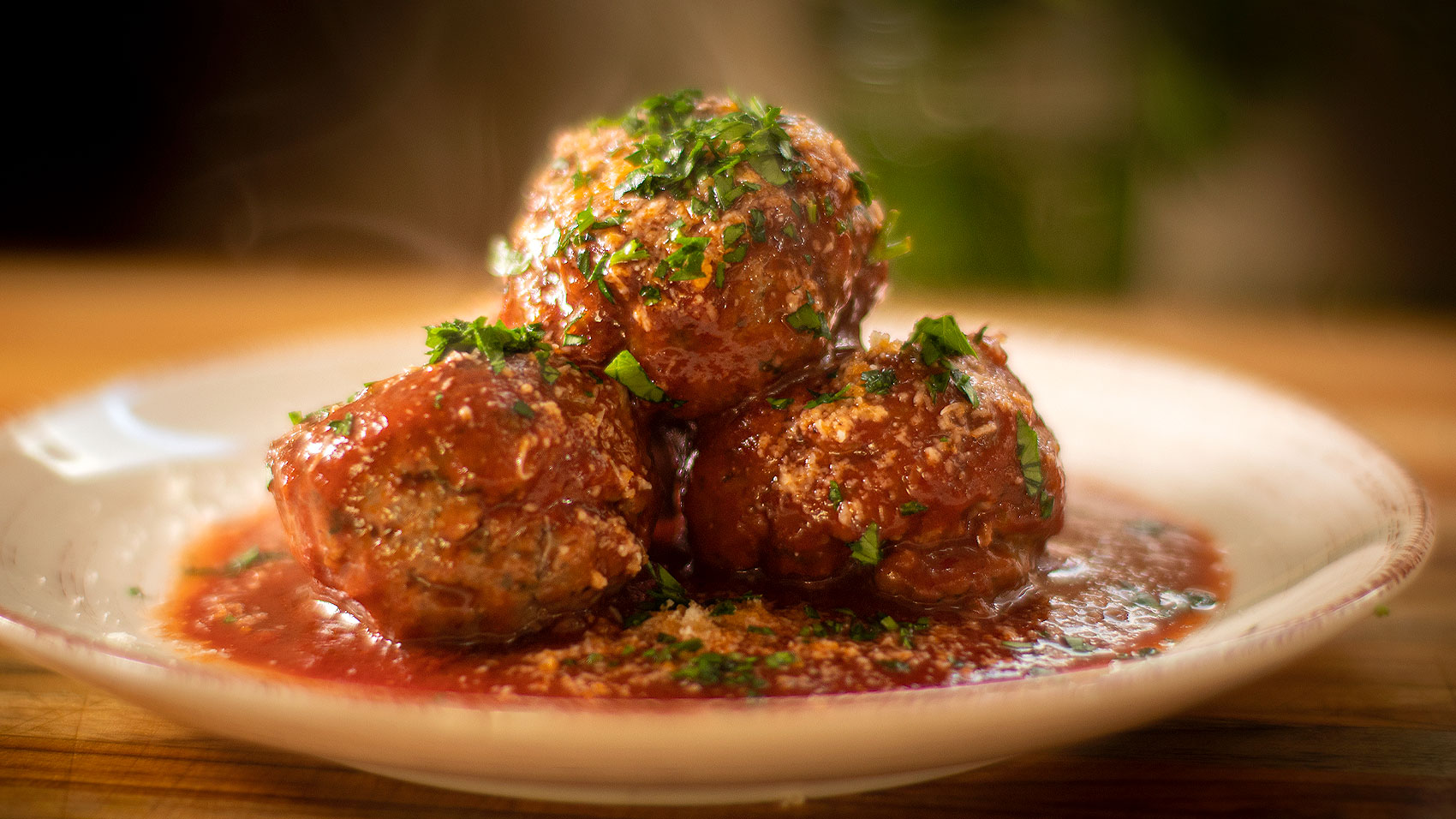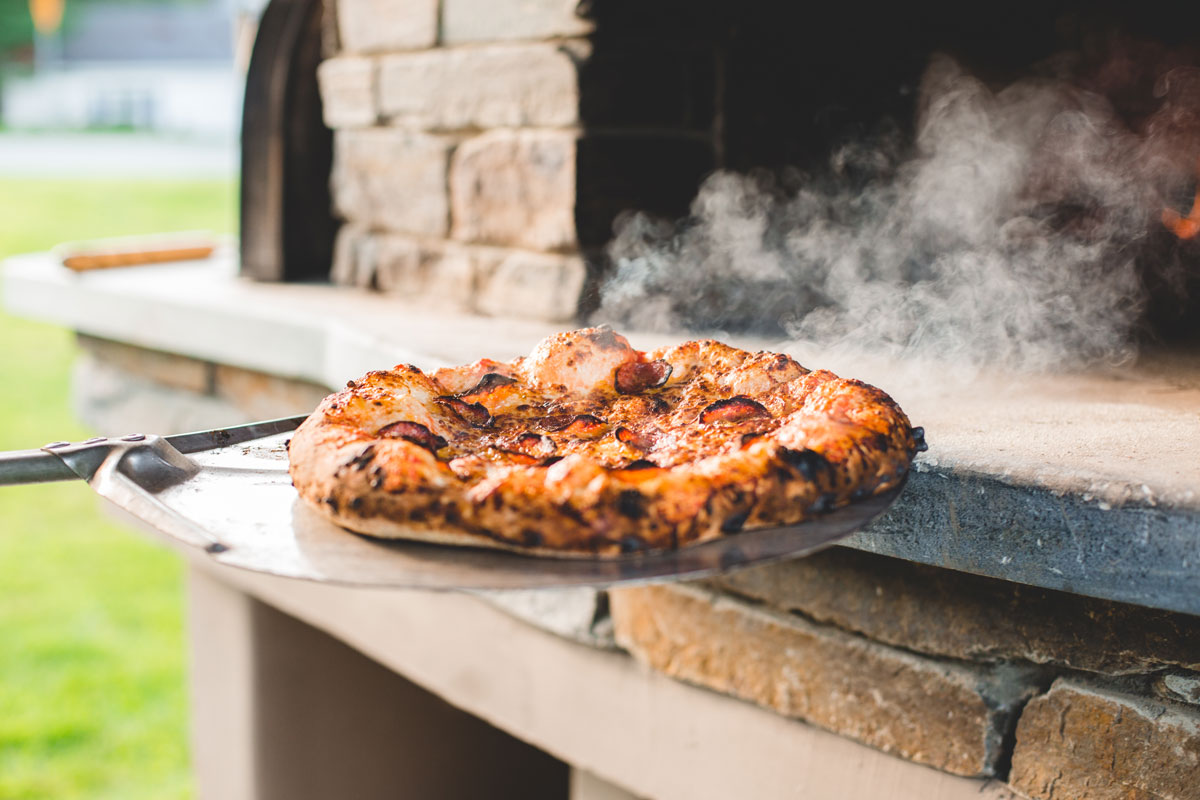Craving that perfect, crispy, cheesy pizza you get at your favorite restaurant? Making restaurant-quality pizza at home isn't as hard as you might think. With a few key tips and some practice, you can create a pizza that rivals your local pizzeria. From choosing the right ingredients to mastering the dough, each step plays a crucial role. Whether you're a seasoned home cook or just starting, this guide will help you achieve that perfect slice. Get ready to impress your family and friends with your pizza-making skills. Let's dive into the secrets of making amazing pizza at home.
Essential Ingredients for Perfect Pizza
Dough:
- 2 1/4 cups all-purpose flour
- 1 teaspoon sugar
- 1 teaspoon salt
- 1 tablespoon olive oil
- 1 cup warm water
- 2 1/4 teaspoons active dry yeast
Sauce:
- 1 cup canned crushed tomatoes
- 1 teaspoon dried oregano
- 1 teaspoon dried basil
- 1/2 teaspoon garlic powder
- 1/2 teaspoon onion powder
- Salt to taste
Toppings:
- 2 cups shredded mozzarella cheese
- 1/2 cup grated Parmesan cheese
- 1/2 cup sliced pepperoni
- 1/2 cup sliced mushrooms
- 1/2 cup sliced bell peppers
- 1/4 cup sliced black olives
- Fresh basil leaves (optional)
Additional:
- Cornmeal for dusting
- Olive oil for brushing
Must-Have Tools for Restaurant-Quality Pizza at Home
- Pizza Stone or Steel: Essential for achieving that perfect, crispy crust. These materials mimic the high heat absorption and retention of a professional pizza oven.
- Pizza Peel: To safely slide your pizza onto the hot stone or steel and retrieve it without any mishaps.
- Rolling Pin: For those who prefer a uniformly thin crust, this tool is a must-have. Alternatively, mastering hand-stretching techniques can offer a more traditional texture.
- Dough Scraper: Helps in handling and dividing the dough, ensuring precise portions and a clean working surface.
- Kitchen Scale: Precision is key in baking. Use this for measuring ingredients accurately, especially for the dough.
- Measuring Spoons and Cups: For measuring smaller quantities of ingredients like yeast, salt, and spices.
- Mixing Bowls: For preparing the pizza dough and sauce. Opt for sizes that accommodate doubling recipes.
- Sauce Ladle or Spoon: To spread sauce evenly across the dough, creating a perfect base layer.
- Cheese Grater: Freshly grated cheese melts better and distributes more evenly than pre-shredded varieties.
- Toppings Cutter: A good knife or a rolling pizza cutter to chop toppings finely and evenly.
- Oven Thermometer: To ensure your oven reaches and maintains the ideal baking temperature, as home ovens can be inaccurate.
- Timer: Keep track of baking time to avoid under or overcooking your pizza.
For restaurant-quality pizza at home, use a pizza stone and preheat your oven to its highest temperature. This mimics a professional oven, giving you that crispy crust and evenly cooked toppings.
Why This Method Works
Restaurant-quality pizza at home starts with high-quality ingredients. Use fresh dough, premium cheese, and authentic toppings. A hot oven is crucial; preheat it to at least 500°F. A pizza stone or steel helps achieve a crispy crust. Practice makes perfect, so keep experimenting with techniques and flavors.
Step-by-Step Guide to Making Restaurant-Quality Pizza at Home
The Secret to Restaurant-Quality Pizza at Home
1. Choose the Right Flour
- High-protein flour like bread flour or 00 flour creates a chewy, crispy crust.
- Avoid all-purpose flour for the best results.
2. Perfect the Dough
- Mix flour, water, yeast, and salt until a sticky dough forms.
- Knead for at least 10 minutes to develop gluten.
- Let dough rise in a warm place for 1-2 hours until doubled in size.
3. Use a Pizza Stone or Steel
- Preheat your oven to 500°F with a pizza stone or steel inside.
- This ensures even heat distribution and a crispy crust.
4. Shape the Dough
- Gently stretch the dough into a 12-inch circle.
- Avoid using a rolling pin to keep air bubbles intact.
5. Add Sauce and Toppings
- Spread a thin layer of tomato sauce evenly over the dough.
- Use fresh mozzarella for a creamy texture.
- Add toppings sparingly to avoid a soggy crust.
6. Bake at High Temperature
- Slide the pizza onto the preheated stone or steel using a pizza peel.
- Bake for 8-12 minutes until the crust is golden and cheese bubbly.
7. Finish with Fresh Ingredients
- Add fresh basil leaves or a drizzle of olive oil after baking.
- Sprinkle with grated Parmesan for extra flavor.
8. Let it Rest
- Allow the pizza to cool for a few minutes before slicing.
- This helps the cheese set and makes slicing easier.
9. Slice and Serve
- Use a sharp pizza cutter for clean slices.
- Serve immediately for the best taste and texture.
10. Experiment with Flavors
- Try different sauces like pesto or white sauce.
- Use a variety of cheeses such as goat cheese or ricotta.
- Add unique toppings like prosciutto, arugula, or figs.
11. Store Leftovers Properly
- Wrap leftover pizza in foil and refrigerate.
- Reheat in a hot oven to maintain crispiness.
12. Practice Makes Perfect
- Keep experimenting with dough recipes and baking techniques.
- Each attempt will bring you closer to mastering restaurant-quality pizza at home.
Mastering Homemade Pizza
Making restaurant-quality pizza at home isn't as hard as it seems. Focus on using high-quality ingredients like fresh mozzarella, ripe tomatoes, and good olive oil. A pizza stone or steel can make a huge difference in achieving that crispy crust. Don't forget to let your dough rest and rise properly; this step is crucial for texture and flavor.
Experiment with different toppings and sauces to find your perfect combination. Whether you prefer a classic Margherita or a loaded meat lover's, the key is balance. Too many toppings can make the pizza soggy, so less is often more.
Finally, practice makes perfect. The more you make pizza, the better you'll get at it. So roll up your sleeves, preheat that oven, and get ready to impress your friends and family with your homemade pizza skills!
Frequently Asked Questions About Making Pizza at Home
How can I make my pizza dough like a restaurant's?
Use high-protein flour like bread flour. It gives the dough that chewy texture. Let it rise slowly in the fridge for 24-48 hours. This helps develop flavor and texture.
What's the secret to a crispy crust?
Preheat a pizza stone or steel in your oven at the highest temperature for at least 30 minutes. This mimics the high heat of a restaurant oven, giving you a crispy crust.
How do I get the perfect sauce?
Use San Marzano tomatoes for your sauce. They’re sweeter and less acidic. Crush them by hand and add a pinch of salt, a bit of olive oil, and some fresh basil.
What's the best cheese to use?
Go for fresh mozzarella. It melts beautifully and has a creamy texture. For extra flavor, mix in some grated Parmesan or Pecorino Romano.
How do I prevent my pizza from getting soggy?
Avoid overloading your pizza with toppings. Also, make sure your sauce isn’t too watery. A quick tip: pat dry any veggies before adding them.
Can I use my regular oven?
Absolutely! Just make sure to preheat it as hot as it can go. Using a pizza stone or steel will help mimic the high heat of a professional oven.
Any tips for toppings?
Less is more. Stick to a few high-quality toppings. Fresh herbs like basil should be added after baking to keep their flavor vibrant.
